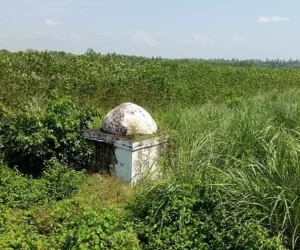Sugh Ancient Mound, located near the village of Sugh in Haryana, India, holds significant archaeological importance. It is considered a historical site dating back to the post-Harappan period. The mound, rising approximately 20 meters above the surrounding area, is a rich source of ancient artifacts and structural remnants, providing insight into early Indian civilizations. Historical…
Funerary Structures
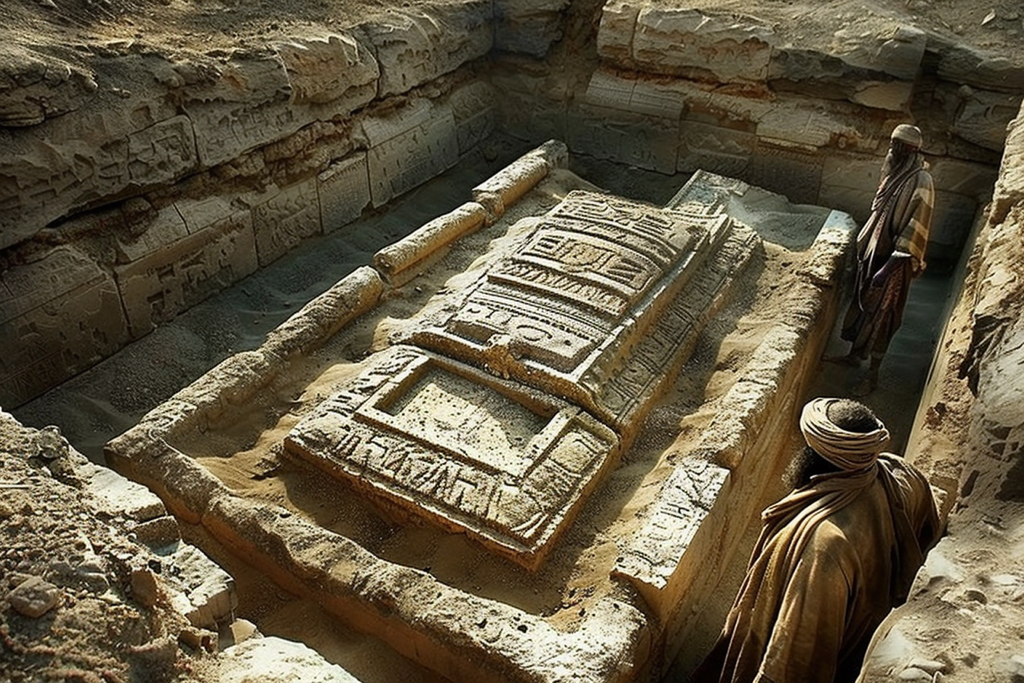
The Tomb of Gilgamesh
In 2003, a significant archaeological discovery was reported by a German-led expedition in Iraq, suggesting the potential unearthing of the tomb of Gilgamesh, a legendary figure in ancient Mesopotamian mythology. Gilgamesh, known from the Epic of Gilgamesh, one of the oldest known pieces of literature, was a king of the Sumerian city-state of Uruk, which thrived around the middle of the 27th century BC. The city of Uruk, a major power in ancient Mesopotamia, is believed to have influenced the modern name of Iraq, although this connection remains a topic of debate among scholars.
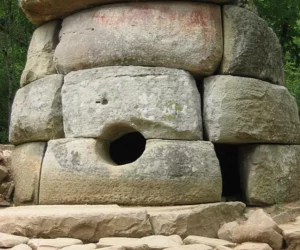
Dolmens of the North Caucasus
Dolmens of the North Caucasus are megalithic tomb structures found primarily in the Western Caucasus region, including areas like Krasnodar Krai, Adygea, and the Republic of Abkhazia. These dolmens date from the late 3rd millennium BC to the early 2nd millennium BC. The exact purpose and construction methods of these ancient monuments continue to be…
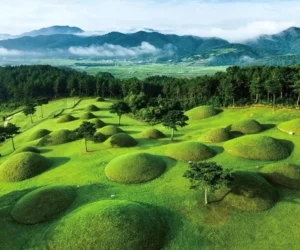
Okjeon Ancient Tombs
Okjeon Tumuli: The Jade Fields of Daraguk’s Elite Nestled in the rolling hills of Hapcheon County, in South Korea’s Gyeongsangnam-do Province, lies a cemetery steeped in history—the Okjeon Tumuli. The name “Okjeon” translates to “jade fields,” inspired by both the abundance of jade beads found within the cemetery and the name of the local village….
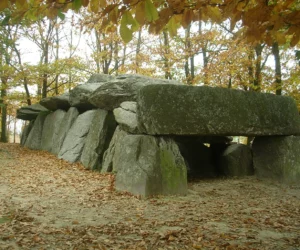
La Roche-aux-Fées
The Enigmatic La Roche-aux-Fées: A Journey into Neolithic Mysteries La Roche-aux-Fées, translating to “The Fairies’ Rock” in English, is not just a monument—it’s a portal into the distant past. Nestled in the quiet commune of Essé in Brittany, France, this Neolithic dolmen has sparked the imagination of many. Its name comes from a local legend…
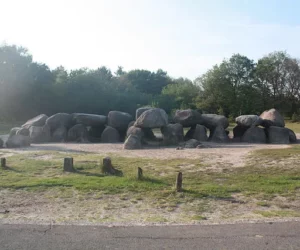
Havelterberg Dolmen
The Havelterberg Dolmen, located in the province of Drenthe in the Netherlands, is one of the most significant megalithic structures in the region. It belongs to a group of prehistoric burial monuments known as hunebeds. These structures are characteristic of the Funnelbeaker culture (Trichterbecherkultur), which flourished during the Neolithic period, around 3400-2850 BC. The Havelterberg…

